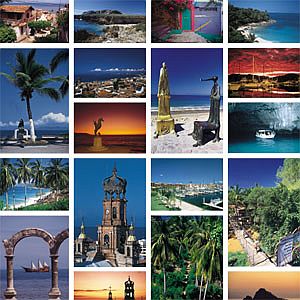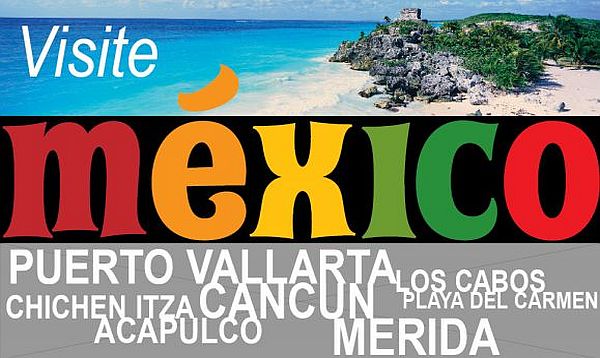Cancun, Quintana Roo, Mexico ó What a difference two years can make. In the summer of 2011, Mexican government officials, wholesalers, association heads and leaders of travel agent groups met here to brainstorm about what could be done to reverse a spiraling drop in business. Consumers, frightened by violence associated with drug gangs, were booking away from Mexico.
By contrast, a second summit, held here last week, painted a picture of a destination in recovery, with focused discussions on major long-term projects rather than crisis management.
Still, thereís evidence that the destinationís recovery is uneven. The Mexico Tourism Board (MTB) game plan, which includes emphasis on the notion that the violence was regional rather than national, appears to have helped resort areas like Cancun and Riviera Maya immensely.
But land crossings at towns bordering the U.S., where violence has been concentrated, are down so significantly that, overall, international arrivals are lower year over year.
Calling that situation "alarming," MTB CEO Rodolfo Lopez-Negrete said that although crime has dropped "dramatically" in border towns, some land and non-cruise water crossings are down in "high double digits."
Even so, the drop in land border crossings has had little impact on most summit attendees, who promote packages to resort areas, and they were heartened by encouraging news regarding air arrivals, spend per visitor, market share, hotel occupancy and revenue per available room in the interior destinations they market.
Lopez-Negrete reviewed recent developments, including the creation of a "tourism cabinet" of 10 federal ministers that is chaired by President Enrique PeŮa Nieto; a proposed rail link between the Riviera Maya and Merida that would stop at the ruins of Chichen Itza and the colonial city of Valladolid; the building of infrastructure to facilitate a push to promote Mayan heritage in five states in southeastern Mexico, with Cancun as a transportation hub; and the rebranding of Puerto Vallarta and Riviera Nayarit to "Vallarta Nayarit."
A total of $43.3 million will be spent by MTB this year promoting the country, with a big push from September to December. Lopez-Negrete said the total represented an increase of about 10%. He added that the timing of the marketing efforts were affected somewhat by changes in advertising and public relations agencies but that new 30-month contracts would provide stability in promotional efforts moving forward.
 |
In addition to the federal tourism promotion budget, more than $10 million in federal, state and regional funds will also be spent in the U.S. and Canada on the rebranding of Vallarta Nayarit over the 12 months beginning in September.
MTB's marketing director, Gerardo Llanes, unveiled a new tourism slogan, "Mexico, Live It to Believe It," and played two new TV spots, one in support of the Vallarta Nayarit rebranding and one promoting Mexico City as a leisure destination.
The ads, which will first air next month, are designed to trigger an emotional response "using a visual language, made of memories" rather than to enumerate features, Llanes said. The narrators of both spots were female and had a British accent. Llanes said that the ads were made for use in multiple English-speaking countries, and that Americans look more favorably upon hearing a British accent than vice versa. Attendee reaction to both spots was overwhelmingly favorable.
Discussion about whether Cancun and the Riviera Maya should also be rebranded as one destination followed, but there was no consensus on the benefits of doing that.
Elyse Elkin, Travel Impressionsí vice president in charge of Mexico, felt it could be useful because the two destinations share one airport, but Classic Vacations President David Hu felt it would "be too much to explain. Sell one, and then tell them whatís nearby."
Gibran Chapur, executive vice president of Palace Resorts, liked the idea "if we could double the marketing value. Iíd rather have two spots featuring Cancun/Riviera than one on Cancun and one on Riviera Maya."
Alex Zozaya, CEO of Apple Leisure Group, had the last word. "Try to stay focused on what will get us more traffic," he said.


